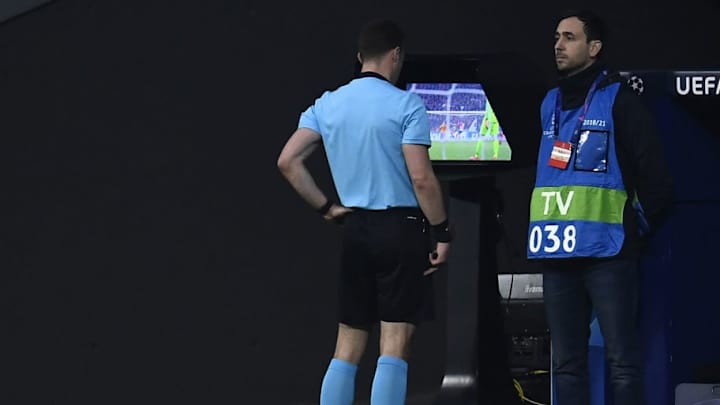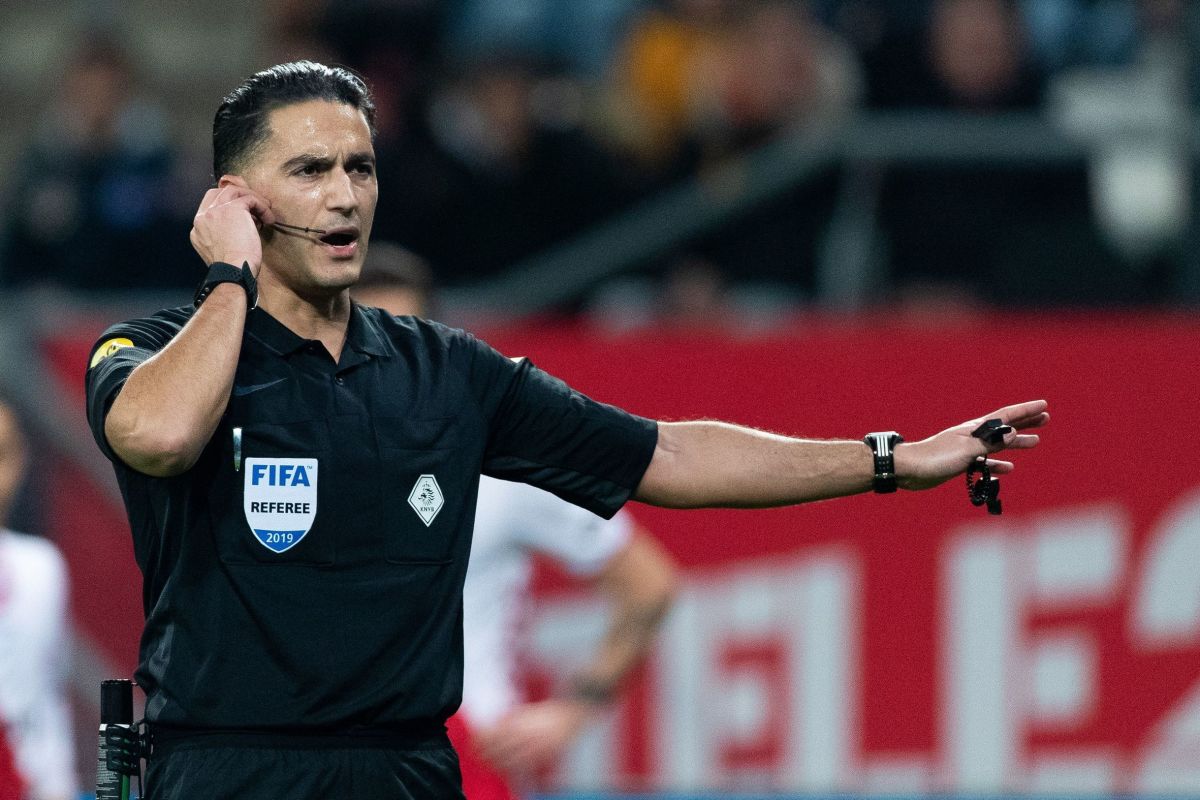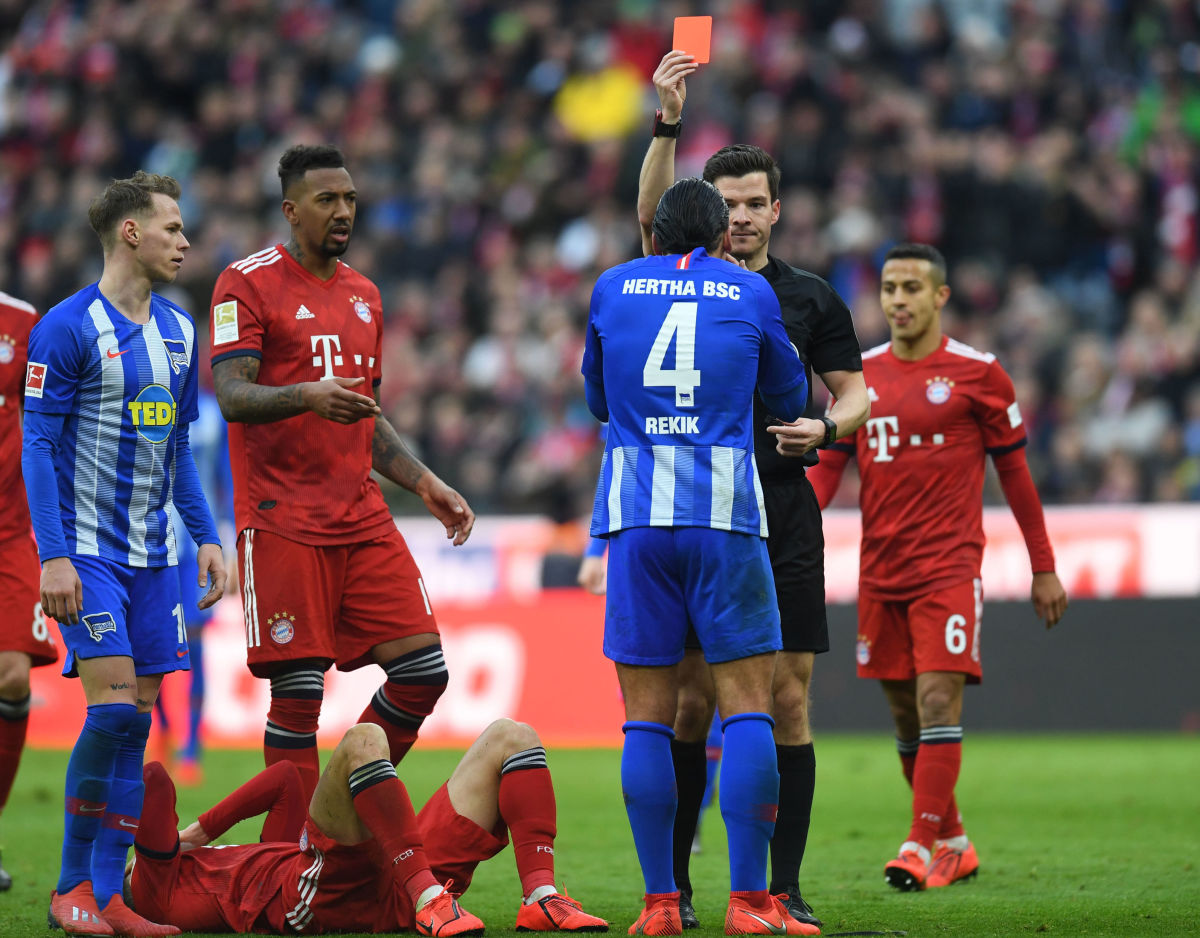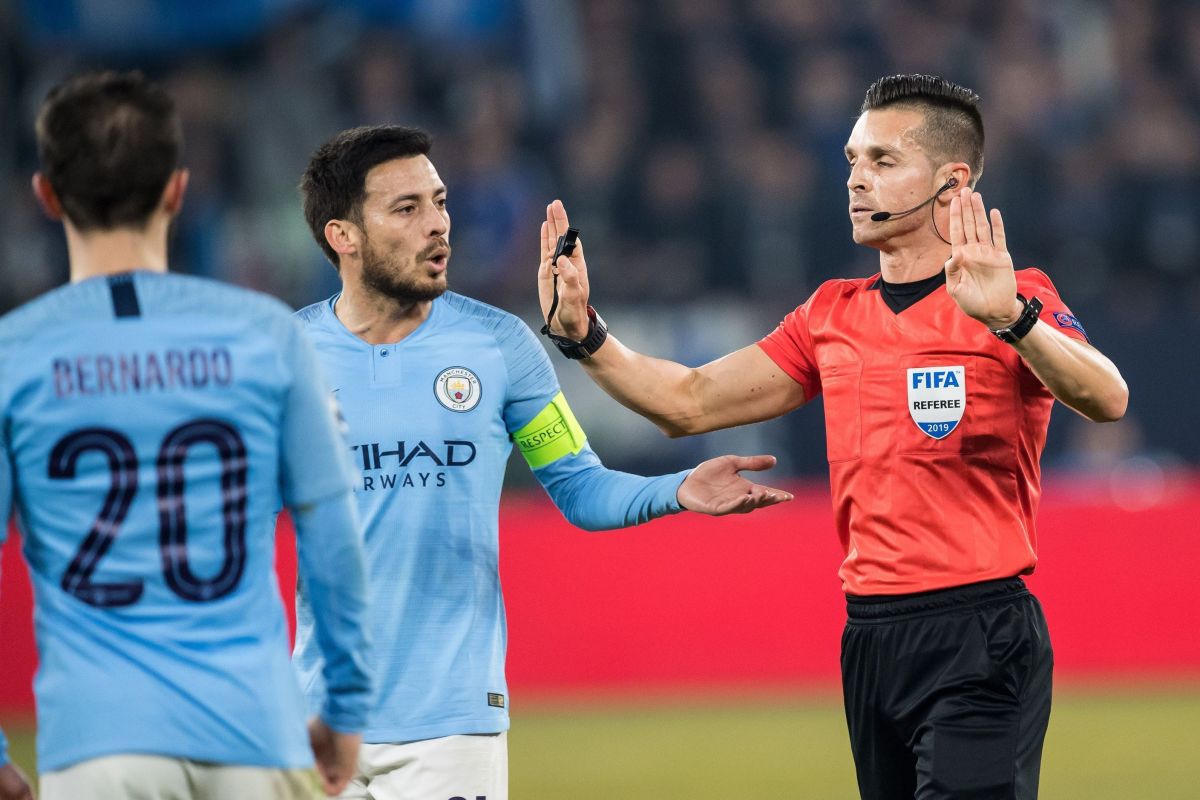VAR for Dummies: A Step-by-Step Explanation of Video Assistant Referees

Video Assistant Referee (VAR) technology has been a main talking point in the 2018/19 season, with many leagues around the world opting to put the method into practice following a successful run at the 2018 World Cup.
The main problem that VAR is employed to fix is clear and obvious mistakes made by a referee in a match. Despite what many people believe, VAR is not intended to completely rid the game of imperfections. The technology is in place to make sure a decision made by the referee does not define the match in negative terms.
Video Assistant Referees (VAR) will be used in this season's UEFA Champions League knockout phase 📹
— SuperSport 🏆 (@SuperSportTV) December 17, 2018
VAR will also be used in the UEFA Europa League final, the UEFA Nations League Finals and the UEFA European U21 Championship ✅ pic.twitter.com/g1RInyc45a
Here is a breakdown of how VAR works and which plays it can most effectively be used:
Who Is the VAR?
The Video Assistant Referee is a current or former official who is employed to help the on-field referee correct clear mistakes made during the match. The VAR does not need to be present in the stadium and is normally headquartered in a remote location away from the game. The VAR is accompanied by a FIFA official, two assistant VAR's, and 2-4 replay officials who help provide the many different camera angles that a play requires to be reviewed.
FIFA wants to display transparency to teams and supporters so most of the replay process is broadcast to every party, including the big screen in an arena. VAR officials are required to keep a direct line of communication with the head referee and decisions are ultimately made by the centre-referee with the advice of the VAR.

Which Decisions Can Be Reviewed?
1. Goals
The main use of VAR is to make sure goals, and the build-up to goals, follow the laws of the game. A referee can use the technology to look if a player was offside, there was a foul during the build-up or any other infringement that may put a goal in doubt. Many people see this as the most useful way for VAR to be utilised because a clear mistake during a goalscoring run has the biggest influence on a match.
2. Penalty Decisions
VAR can also be used to help in the decision of whether a penalty should be given or retracted within a match. One of the most controversial decisions during a game is when a team is awarded a penalty, so the role of VAR is to make sure there are no clear mistakes in the penalty area. In the end, it comes down to the interpretation of the referee to make the final call.
3. Red Card Incidents
VAR is used to ensure there are no clear mistakes relating to a player being sent off in a match. Examples of this include a referee missing an off-ball incident, the denial of a clear goal scoring opportunity, or a tackle deemed worthy of a red card.

4. Mistaken Identity
The final use of VAR is if a referee cautions or sends off the wrong player. This is a rare occurrence, but Arsenal fans will remember when Andre Marriner wrongly sent off Kieran Gibbs instead of Alex Oxlade-Chamberlain in a match in 2014.
How Is a VAR Decision Reviewed?
Step 1: Identify Possible Mistake
The match referee can either request a review be made or the VAR team can recommend a review if they feel a mistake has been made. The referee will point to his earpiece to signal to every party that the play is under review and will stop the match until a decision is made.
Step 2: Review the Play
The VAR team will review footage of the play in question. Using every angle available to the team, they will analyse as much information as they can to come to a clear ruling about a possible mistake made by the referee. They will then communicate their concerns with the referee and provide their insight into whether a decision must be changed.
BREAKING: UEFA Offically announced that VAR will be introduced to the Champions League this season. All games from the round of 16 on will use video assistant referees. pic.twitter.com/IR4XzWSxsB
— Football Factly (@FootballFactly) December 3, 2018
Step 3: Referee's Final Decision
After the information has been provided to the referee by the VAR team, there are a few different decisions that can be made. The quickest thing a referee can do is accept the information given by VAR and take the appropriate actions to fix the mistake. A referee also has the option to view the incident at a pitch-side monitor and make a decision based on his own interpretation of the play in question. In any circumstance, the VAR team or the referee can decide there was no major mistake made and the original decision will be upheld.
VAR FOR AFCON: It now official CAF will add Video Assistant Referee technology famously known as VAR to assist match officials during #Afcon2019 in Egypt. pic.twitter.com/9QiJzOJ6mH
— African Soccer Updates (@Africansoccerup) February 16, 2019
Pros and Cons of VAR
Many people see the introduction of VAR as a positive step forward for the game. "Hand of God" goals would essentially be eliminated from the game allowing for a more sporting result in the end. The referee is awarded a second chance to look at the play before making a crucial decision, as well as simulation being controlled at a much more consistent level.

With the inclusion of new technology, there will always be some kinks to work out. Despite reviews, decisions will still come down to the human interpretation of a play. Many supporters feel that the spontaneity of the match is compromised and big moments will be affected negatively.
There are many differing opinions about the use of VAR in top football matches, but it looks like the new technology is here to stay.
